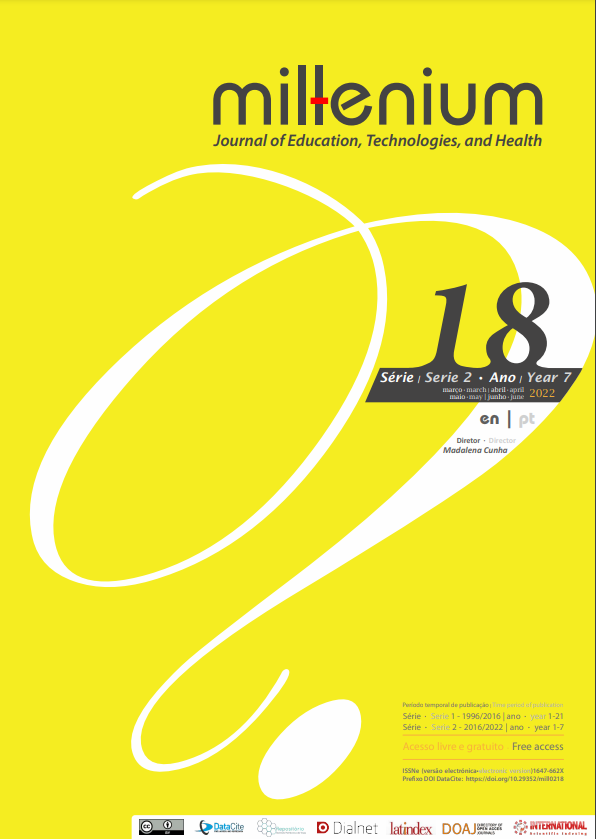Gamificación, una nueva forma de enseñanza en la educación superior
DOI:
https://doi.org/10.29352/mill0218.27247Resumen
La gamificación consiste en nuevo método de enseñanza que hace uso de la mecánica de los juegos y los lleva al ámbito educativo con el propósito de obtener mejores resultados.
El uso del término gamificación con el sentido que conocemos actualmente se origina en 2008, bajo la palabra “funware” acuñada por Gabe Zichermann.
Este concepto ha ido siendo cada más relevante en los entornos de aprendizaje y enseñanza, iniciándose la idea en la industria de los medios digitales. El concepto se ha ido extendiendo a otras áreas adaptándose y adoptándose a gran escala en la segunda mitad de 2010.
La gamificación consigue ser más visible mediante libros como Reality is Broken del autor Jane McGonigal y Marketing basado en juegos de Gabe Zichermann.
En cuanto a la concepción del término, a pesar de que ha existido mucha controversia, la definición más aceptada es la Sebastian Deterding, que conceptualiza que la gamificación es el uso de elementos de diseño de juegos en contextos que no son juegos. Cabe resaltar que ésta pretende dar lugar a cambios en el comportamiento y la motivación de los usuarios a través de experiencias que recuerdan a los juegos. Otra cuestión que se debe destacar entre las diferencias que existen entre la gamificación y los considerados juegos serios es que se trata de juegos que están planificados para que los jugadores se entretengan mientras aprenden, entrenan o cambian el comportamiento. La gamificación persigue lo anteriormente descrito haciendo uso de la mecánica y el diseño de la experiencia del juego. Utiliza, por tanto, estrategias de los juegos tales como las recompensas, obtención de puntos, clasificación en niveles superiores, como pilar fundamental para que los participantes realicen las actividades solicitadas. Otra estrategia es también la de utilizar los desafíos y hacer visibles las puntuaciones para el resto de usuarios, de modo que consigue motivar y despertar a los participantes para que su implicación en las tareas demandadas sea mayor. Por último, hay que destacar que, la gamificación hace uso de las redes sociales con la finalidad de incrementar el compromiso y la interacción entre los participantes.
Descargas
Citas
Bruner, J. (1960). El proceso de la educación. Cambridge, MA: Prensa de la Universidad de Harvard.
Deterding, S., Dixon, D., Khaled, R. y Nacke, L. (2011). From Game Design Elements to Gamefulness: Defining “Gamification.” In Proceedings of the 15th International Academic MindTrek Conference: Envisioning Future Media Environments (pp. 9–15). New York, NY, USA: ACM.
Dewey, J. (1997). How we think. New York: Dover Publications.
Freud, S. (1969). Psicología de las masas; Más allá del principio del placer; El Porvenir de una ilusión. Madrid: Alianza.
Montessori, M. (1964). The Montessori method. New York: Schocken Books.
Piaget, J. (1999). Play, dreams and imitation in childhood. London: Psychology Press.
Vygotsky, L.S. (1978). Mind in society: The development of higher psychological processes. Cambridge, MA: Harvard University Press.
Zichermann, G., Linder, J. (2010). Game -Based Marketing: Inspire Customer Loyalty Through Rewards, Challenges, and Contests. Nueva Jersey: John Wiley & Sons.
Zichermann, G. and Linder, J. (2010). Game-Based Marketing: Inspire Customer Loyalty Through Rewards, Challenges, and Contests. Wiley, Hoboken, NJ, 2010.
Platón (427-347 a. C). Teoría de las Ideas (Metafísica platónica).
Descargas
Publicado
Cómo citar
Número
Sección
Licencia
Derechos de autor 2022 Millenium - Journal of Education, Technologies, and Health

Esta obra está bajo una licencia internacional Creative Commons Atribución 4.0.
Los autores que sometan propuestas para esta revista estarán de acuerdo con los siguientes términos:
a) Los artículos serán publicados según la licencia Licença Creative Commons (CC BY 4.0), conforme el régimen open-access, sin cualquier coste para el autor o para el lector.
b) Los autores conservan los derechos de autor y conceden a la revista el derecho de la primera publicación, se permite la divulgación libre del trabajo, desde que sea correctamente atribuida la autoría y la publicación inicial en esta revista.
c) Los autores están autorización para firmar contratos adicionales separadamente, para la distribución no exclusiva de la versión del trabajo publicada en esta revista (ej.: publicar en un repositorio institucional o como capítulo de un libro), con reconocimiento de la autoría y publicación inicial e esta revista.
d) Los autores tienen permiso y son alentados a publicar y distribuir su trabajo on-line (ej.: en repositorios instituciones o en su página personal) ya que eso podrá generar alteraciones productivas, así como aumentar el impacto y la citación del trabajo publicado.
Documentos necesarios para la sumisión
Plantilla del artículo (formato editable)





